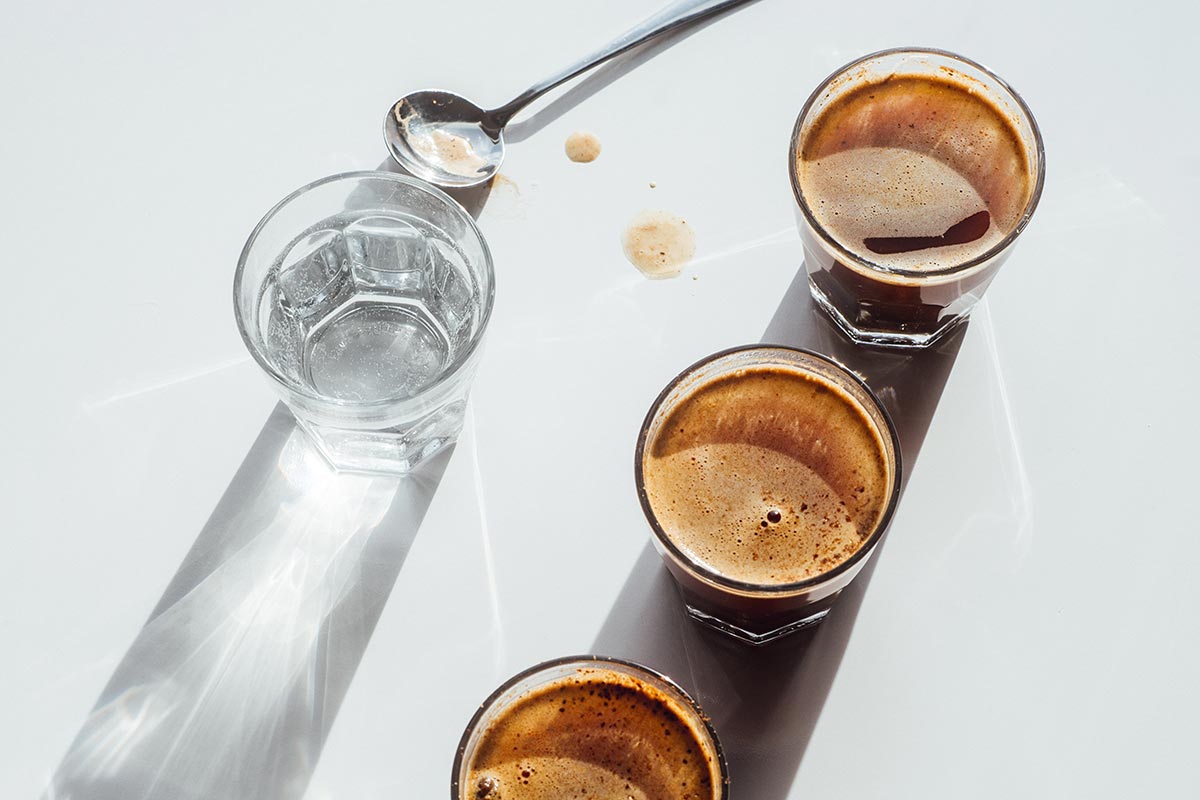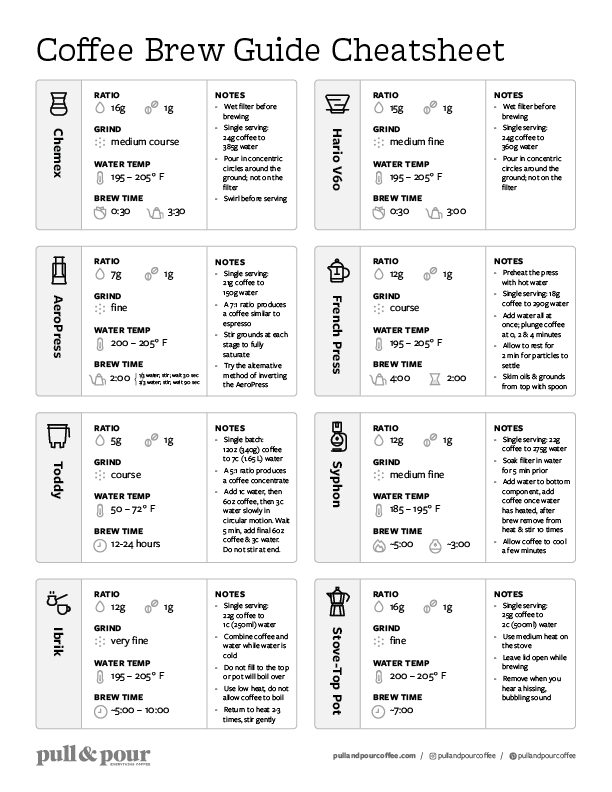Hey everyone, this is Luke. I’m the co-founder and roaster at High Bank Coffee Roasters! In this article, I am going to share with you a bit about the process we use to take a new green coffee from initial roast to the final roasting profile we use for the coffee we sell. I share about how we cup coffees at High Bank and talk about how we determine what tasting notes we use for each coffee.
Cupping Coffees
Whenever we receive a new coffee we usually run a 250g sample through our sample roaster. In this first run, we do not worry too much about a profile. Our goal at this point is to get the sample into first crack and drop it well before it finishes. This produces a very light roast (bordering on underdeveloped) with clarity that will help during cupping. Our very light sample roasts aim to highlight defects in the green coffee itself and helps give us a better picture of the roast style that the coffee deserves. At this stage, we are not focused much on tasting notes or flavor; if something immediately jumps out to me, I’ll take note, but for the most part I’m focused on off flavors—astringency, vegetal flavors, hollowness, or negative flavor changes as the coffee cools.
Once all of that is determined we often ask ourselves if the coffee’s complexity is in its sweetness or in its acidity? Or both? The green coffee dictates how we proceed in roasting. Forcing an acidic coffee to be sweet often creates a flat, boring cup—and vice versa. We then start profiling the coffee based on our conclusions from the first cupping session. A flurry of cuppings and roasts happen from this point forward. We tweak, wait for off gassing to occur, and tweak again. We are more focused on flavor and texture during these roasts, and start writing down flavor notes as they come. Once I feel comfortable with the coffee and that I understand the coffee, I’ll move over to our production machine and roast it according to the profiles we’ve built.
Where Do Flavor Notes Fit In?
Determining flavor notes that go on the bag is usually the last step, and by this point in the process we’ve usually written down an array of notes that help in narrowing it down. Tasting notes have become a bit of a hot topic in specialty coffee. Is it just hype marketing? I won’t speak to the intentions of other roasters, and taste is incredibly subjective anyways, but my aim is to describe the coffee’s acidity and sweetness with flavors that are recognizable and accessible to the general public. I believe tasting notes help buyers choose a coffee based on their preferences, especially given all of the variables in origin, processing, varietal, and even harvest year. Our labels include all of that information as well to provide every piece of the puzzle!
The Bottom Line
The process of preparing a coffee for sale is unique for every roaster, but hopefully this article gave you a little insight to our process at High Bank.
Photo Credit: Photo Credit: High Bank Coffee

